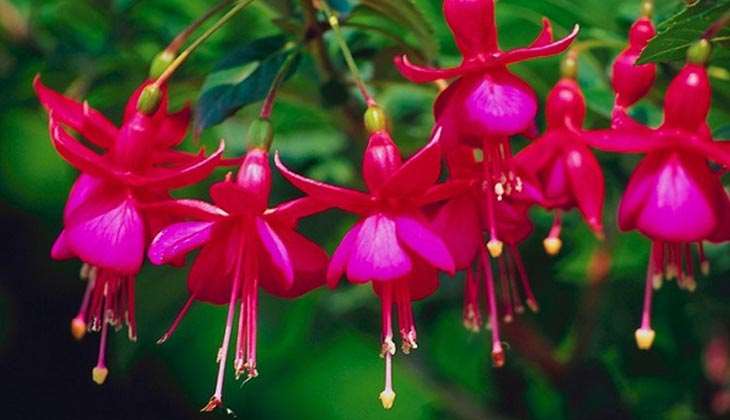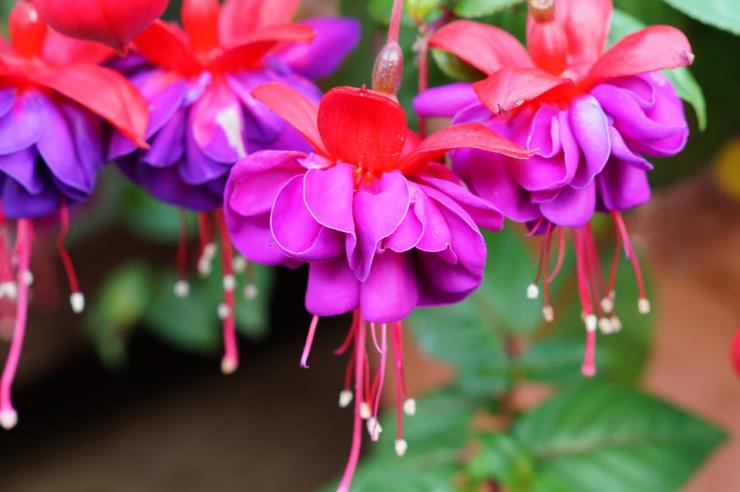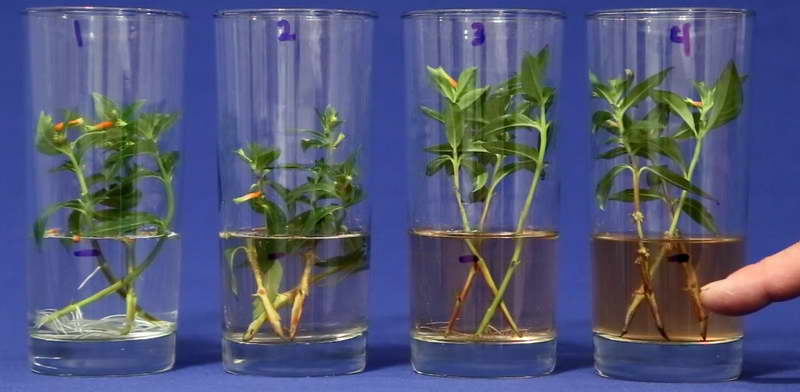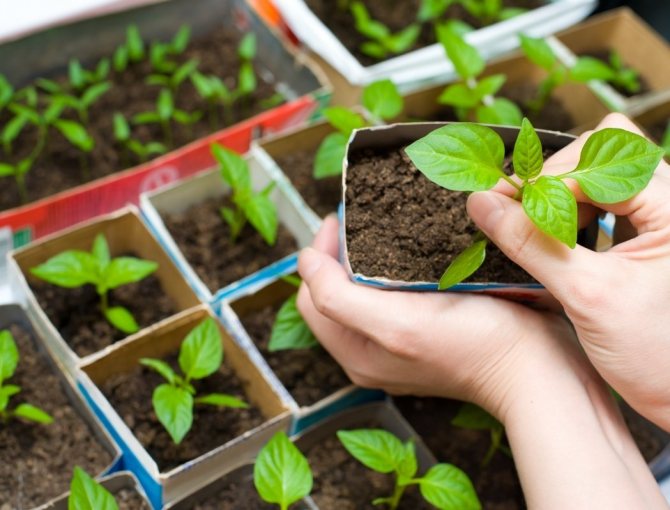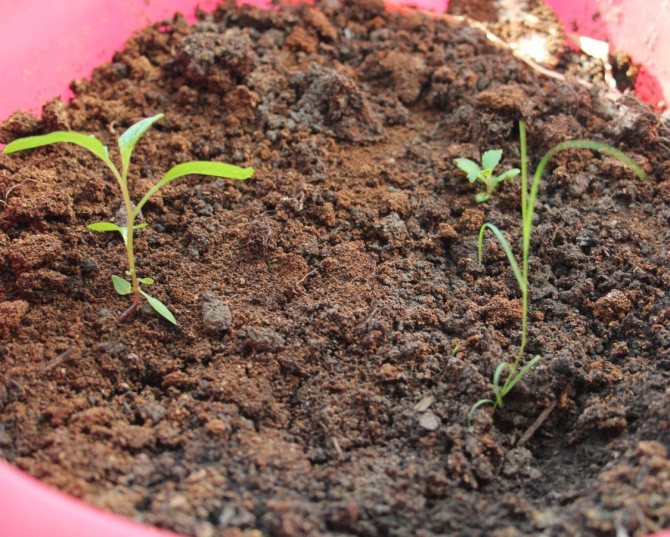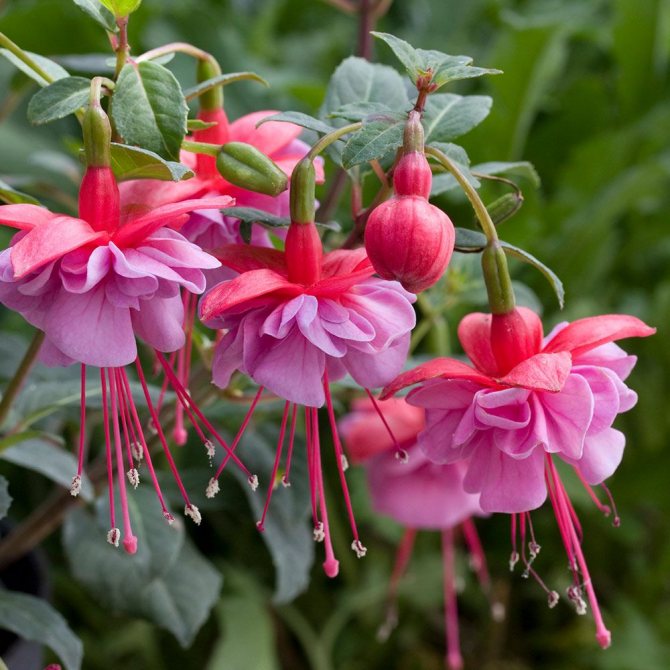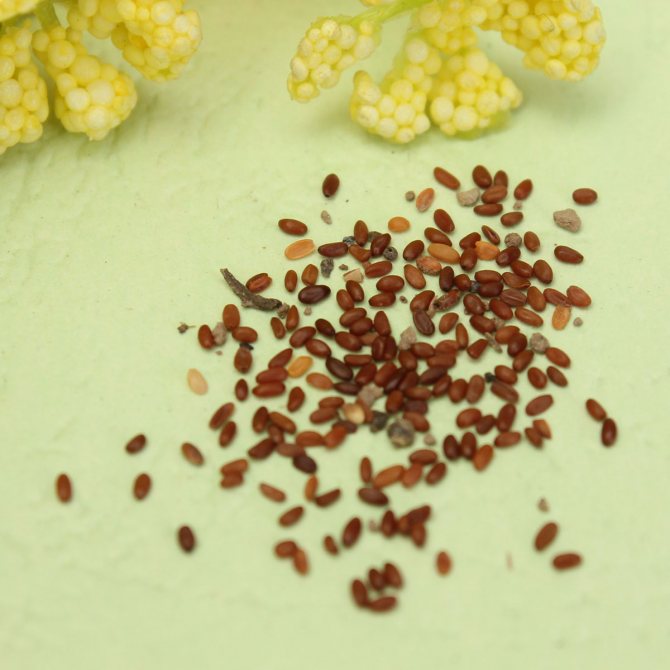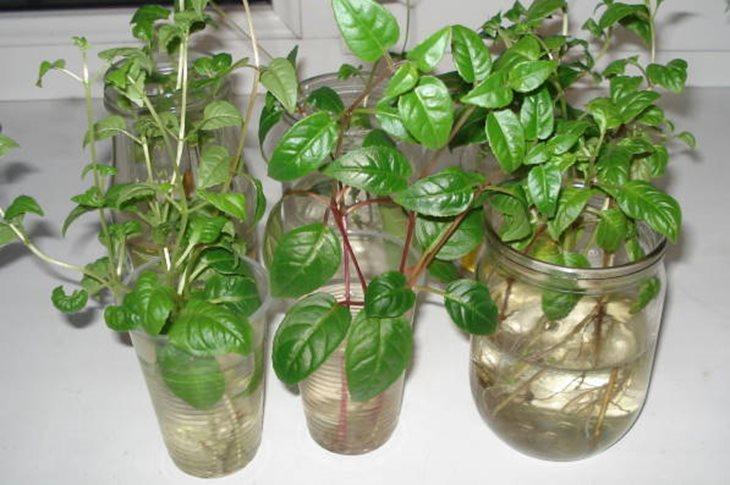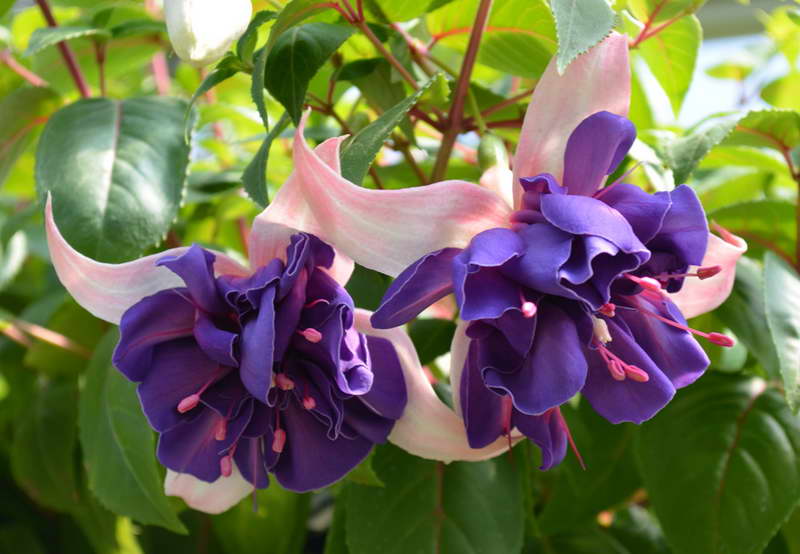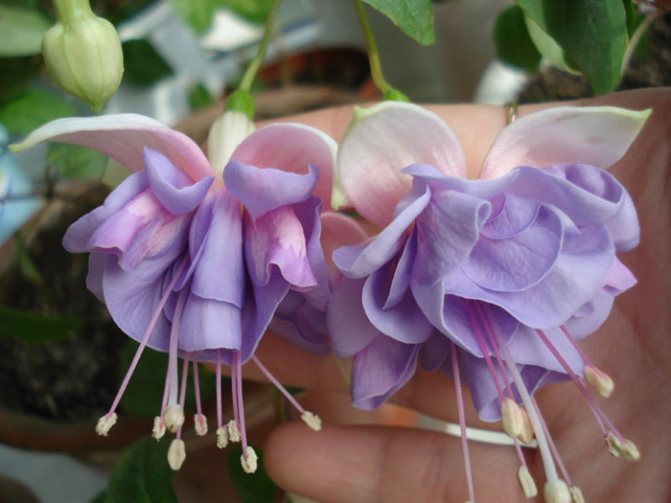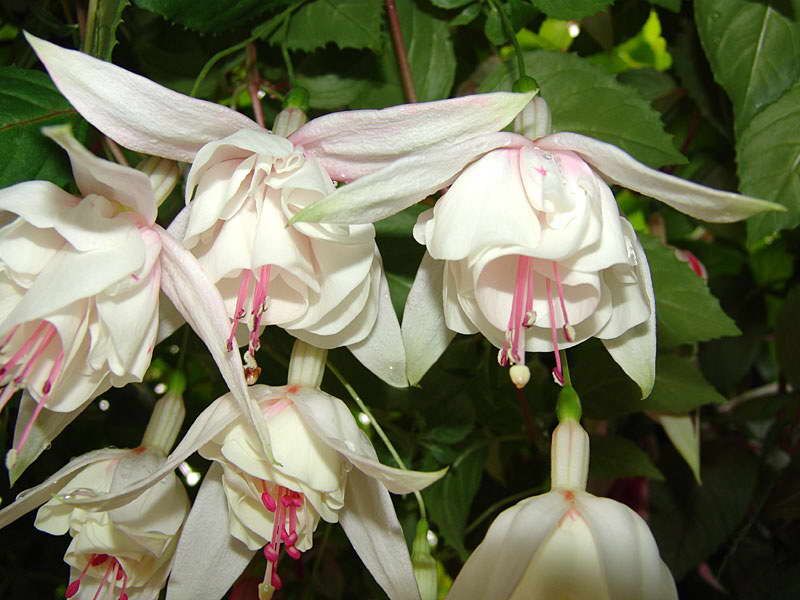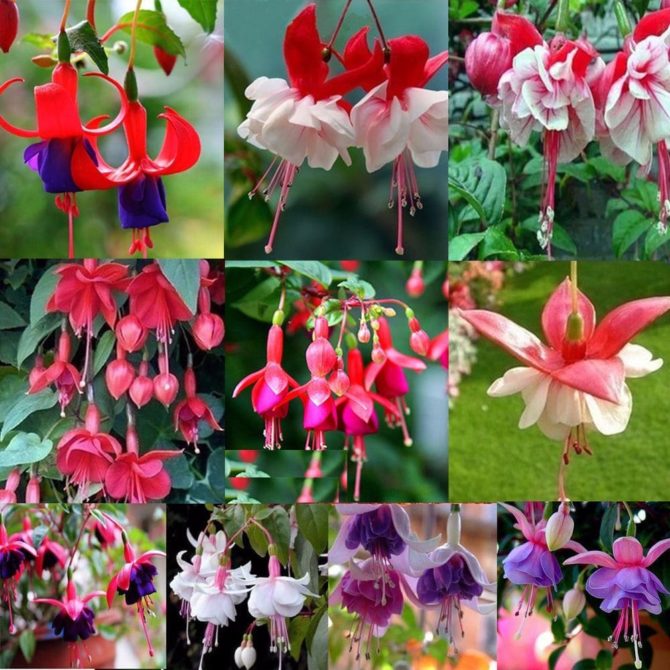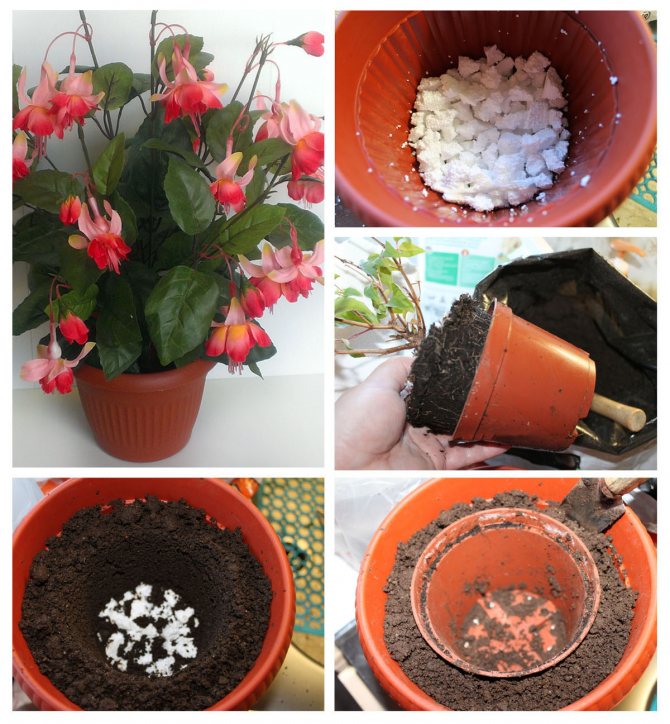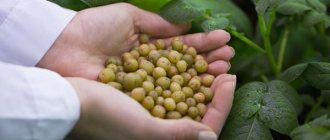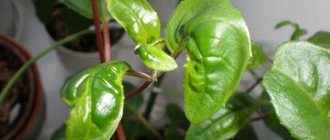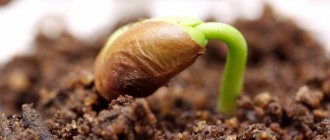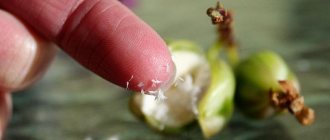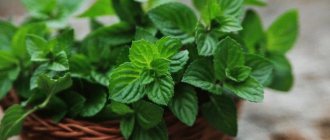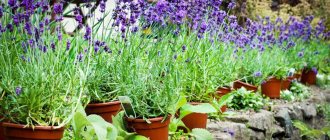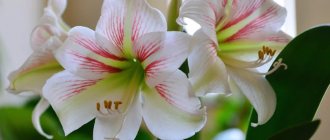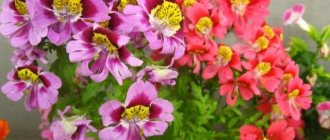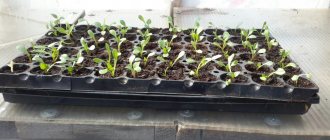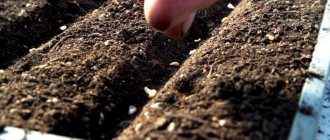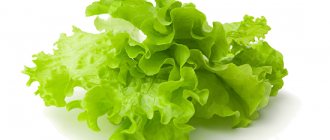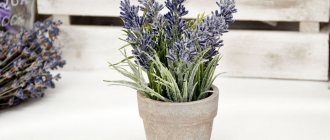An evergreen called fuchsia, it is very beautiful. The flower grows in America and New Zealand. There are different varieties, but more importantly, it can be grown at home. The plant is easy to care for, fuchsia from seeds at home is easy to grow, even without breeding experience.
Fuchsia: growing from seed
When an adult blooming fuchsia lives in the house, seeds for subsequent planting can be obtained by performing simple manipulations. When the bud opens, pollen is transferred from the stamens of the male flower using a cotton swab or squirrel brush to the pistil of the female flower. Even if there is only one plant in the house, there are no obstacles to artificial pollination. Pollen is removed from one bud and transferred to another. After the completion of the procedure, the flower is irrigated with a spray bottle, this increases the chances of successful pollination.
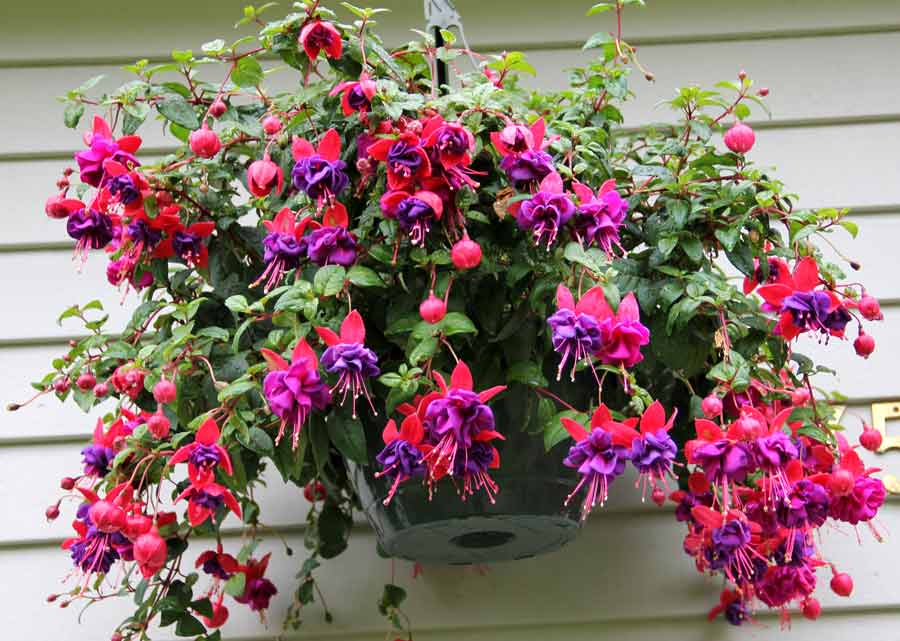
Beautiful and lush fuchsia as a result of diligence
After the bud is moistened, it is covered with gauze. After a while, you can see the developing fetus. When fully ripe, it is carefully cut with a knife and placed in a paper envelope. The fruit will gradually dry out. In order to prevent the appearance of mold and rot, it is better to place the envelope with the fruit in the refrigerator. Immediately before planting, the fruit is cut and seeds are removed from it.
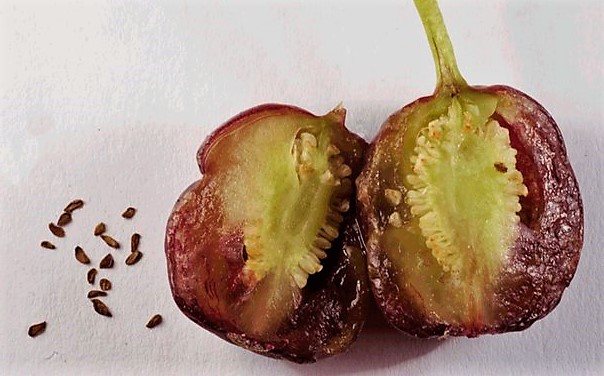

The fruit from which the seeds are extracted
Breeding stages
The process of growing fuchsia from seeds includes several stages, each of which requires the grower to follow a number of important recommendations.
Seed collection
The collection and preparation of seed material is a very responsible procedure, since the success of the entire event depends on the quality of the seeds. So, fuchsia seeds can be purchased at a specialty store, or you can collect it yourself. To do this, as soon as the flower buds begin to bloom, use a cotton swab to collect pollen from the male flower and gently transfer it to the female flower, lubricating the pistil. In this case, the mother flower is freed from the anthers, carefully removing them with tweezers.
Further, fuchsia is lightly sprayed with water, thereby increasing the likelihood of successful pollination.
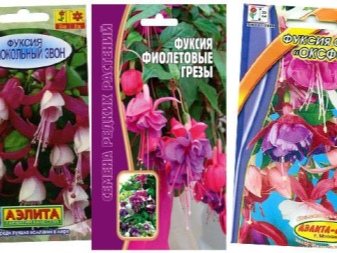

If there is only one bush available, then artificial pollination is performed on one plant. For this pollen from flowers of one shade is transferred to the pistils of flowers with other shades... In order to avoid over-pollination of flowers by insects, fuchsia is covered with gauze and await the appearance of fruits. After they have formed, the cheesecloth is removed and the color of the fruit is monitored.
At the first stage, they will have a red hue, then they will turn purple, and at the final stage of ripening they will be colored purple. At this point, they are carefully cut and placed in a dry, warm place to dry. After a few days, the fruits are cut and small light brown seeds are taken out, which look like garlic cloves, only flat.
They are also dried on a sheet of paper, laid out in cloth or paper bags and stored until spring.
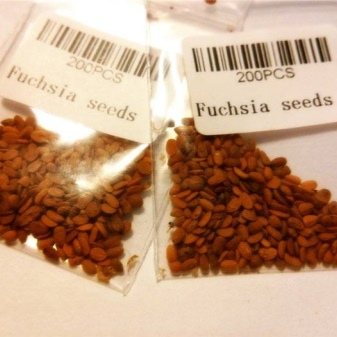

Substrate preparation
The next important step in growing fuchsia from seeds is the preparation of a nutritious soil mixture. You can buy it ready-made in the store or prepare it yourself.To do this, take 3 parts of turf, mix it with two parts of peat and one part of sand, after which it is calcined in an oven at a temperature of 200 degrees for 20 minutes. If the oven was not available, then the prepared substrate is spilled with boiling water or a warm solution of pink potassium permanganate.
This allows you to rid the soil of pathogenic microflora and prevents the risk of fungal infections. Then the substrate is allowed to cool, after which it is scattered over low and fairly wide containers with a drained bottom.
Previously, 2-3 cm of expanded clay or river pebbles are placed on the bottom of the containers, thus forming a drainage layer.
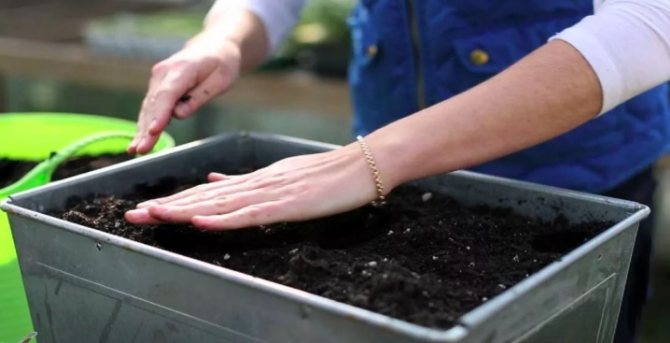

Landing
After the substrate is prepared, you can start sowing the seeds. For this, the seeds are mixed with dry sand and scattered over the surface of the soil mixture. Then the planting is irrigated from a spray bottle, covered with plastic wrap or glass and placed in a bright place. The planting is ventilated daily for 15 minutes and moistened if necessary. Germination of fuchsia seeds occurs quite quickly, and after 3 weeks the first shoots appear.
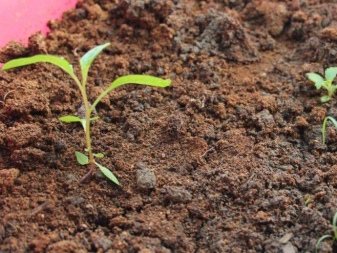

Good results are obtained by planting seeds in peat tablets, previously soaked in warm water. After they swell well, they are laid out in prepared containers and one seed is placed in each of them. Egg cells can be used as a container. The container with the tablets is also covered with a film, periodically ventilated and moistened.
The germinated seedling fills the entire tablet with its roots in a month, after which it must be transplanted.
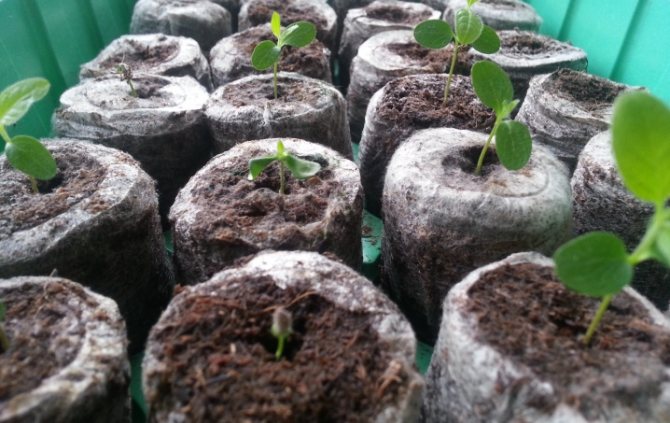

Creation of conditions
In order for fuchsia seeds to germinate quickly and amicably, it is necessary to create a number of conditions for them. So, the air temperature in the room where the boxes with seedlings are located should be between 18 and 25 degrees... In this case, the soil should be in a wet state, however, stagnation of liquid is unacceptable. If water accumulates in the seed germination zone, the substrate will become moldy, and the seed will rot before germinating.
What fuchsia seeds look like
How to grow an abutilon flower from seeds at home
In order not to make a mistake in a flower shop and buy fresh, suitable for planting material, you need to know what fuchsia seeds look like. Some sellers capitalize on inexperience and cheat buyers by selling expired goods.
Fuchsia seeds are very small in size, moreover, they are almost flat, and their shape resembles garlic cloves. The ideal planting material will always be dry, light brown in color.
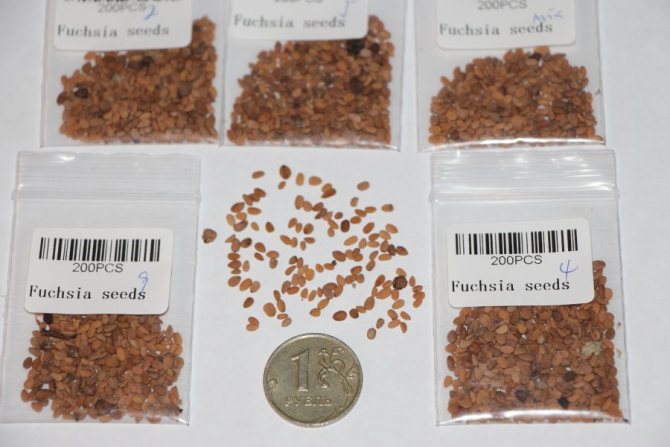

Seed size and appearance
Fight disease
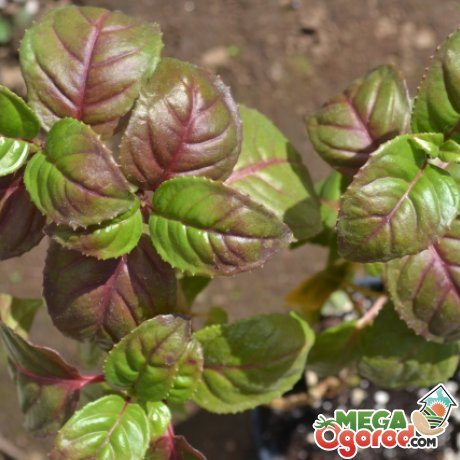

With proper care, fuchsia is generally not susceptible to disease. Flower diseases and prevention:
- If the leaves of fuchsia turn yellow, this may be a sign of excessive watering or a lack of nitrogen and magnesium. Dry brown spots on the leaves indicate a lack of molybdenum, and yellow spots between the leaf veins indicate a lack of manganese. Depending on the reason, either reduce watering, or spray the flower with a solution of magnesium sulfate, apply a complex mineral fertilizer.
- With sunburns, spots appear on the leaves. To get rid of them, it is enough to rearrange the plant to another place.
- By the roots, you can also determine the presence of a disease in a flower: white, short roots are a sign of a healthy plant. If the roots are closely intertwined with an earthen ball, transplant the flower into a larger container.
- The roots of a dark brown color indicate a disease with brown rot; neither a reduction in watering, nor a transplant will be able to save the plant.
- Rust is a serious disease affecting the plant - its symptom is brown lines in the form of circles on the underside of the leaves.All diseased leaves must be removed and the fuchsia and the ground should be sprayed with an anti-rust preparation. Rust spores are easily carried by insects and wind, so isolate the flower at the first sign of illness. If you touch an affected plant with your hands, be sure to wash them thoroughly so as not to infect other flowers.
How to grow fuchsia from seeds at home
How to grow ampelous lobelia from seeds at home
Growing a fuchsia flower from seed is a challenging but fun process. Basically, the plant is propagated by cuttings. However, the use of seeds allows for the development of new varieties and species.
There are a few basic guidelines on how to grow beautiful fuchsia seeds at home.
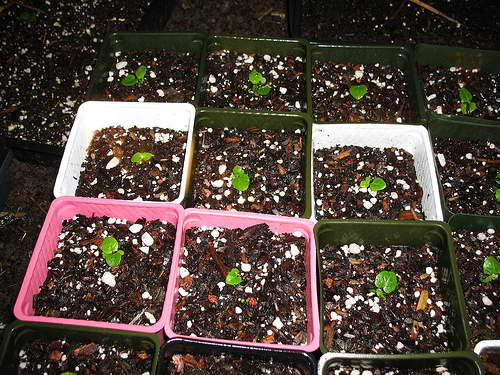

Growing seedlings
Useful tips from experienced florists
In fact, fuchsia does not require much attention to itself. The main thing is to understand something right away before you face the problem:
- In order for fuchsias to grow and develop normally, you need to provide them with a lot of light and an influx of fresh air.
- It is recommended to protect plants from direct sun.
- Fuchsias with rich colors require more light than varieties with light flowers.
- Breeding fuchsia with cuttings is even easier than with seeds.
- Frequent spraying will help young fuchsias grow actively.
- To enjoy blooming, keep the room temperature at 20 ° C.
- If the fuchsia begins to stretch, you need to pinch it.
- If a plaque has formed on the soil, it is removed and new soil is added.
- It is necessary to transplant the plant into dishes, the volume of which exceeds the previous one by only 4-5 cm.
Planting and growing fuchsia from seeds is not difficult. This beautiful plant will surely thank the grower with abundant flowering and will decorate any interior. But you still have to make an effort for this, since you cannot easily catch a fish from the pond!
Fuchsia is a fairly popular plant that is used to decorate gardens and apartments. There are 2 main methods of propagation: cuttings and growing seedlings. Fuchsia from seeds at home grows for a long time.
Soil preparation
The first thing to look for when growing this flower is the soil. It can be purchased at the flower shop. For fuchsias, ready-made specialized mixtures for flowering plants are suitable. They have a normal, non-acidic environment that is ideal for growing a strong and viable sprout. Experienced growers prefer to prepare the soil mixture on their own. Today there are 3 known methods:
- a mixture of peat, perlite and sand. They are needed in equal parts;
- crushed sphagnum moss, humus (preferably rotted) and vermiculite to make the soil loose. The components are mixed in equal proportions;
- a mixture of turf, peat, pine bark, sand. The components are prepared in a ratio of 3: 1: 1: 1, respectively.
How to grow a banana at home
Before planting, the soil must be disinfected. A weak solution (light pink) of potassium permanganate is suitable for this. During processing, thrips and nematodes are killed, and the likelihood of mold and pathogenic microflora formation is reduced. If you have a special preparation "Fitosporin", then it will successfully replace the solution of potassium permanganate.
Capacity does not play a special role in growing seedlings. Most often, plastic cups or wide containers are used. The main condition for the container is the presence of a large number of holes for water to drain. A drainage layer (2-3 cm) can be placed on the bottom of the container. For this, expanded clay or small pebbles are suitable.
Important! Liquid stagnation should not be allowed.
Interesting features of viburnum
- Almost all the fruits of viburnum varieties are edible, tart on the palate, mostly bitter, but there are also sweet ones.
- The viburnum harvest has beneficial properties: it is rich in phosphorus, potassium, magnesium, iron, copper, manganese, iodine, vitamins A and C.
- Berries have a lot of applications: they make jams, bake pies, use them to make tea, treat themselves, make all kinds of cosmetic masks and scrubs, make alcoholic beverages.
- Almost all the components of viburnum (bark, leaves, flowers, berries) are used for medicinal purposes.
- The shape of the crown can be easily changed, since these shrubs tolerate pruning well.
- Plant varieties are often used for the benefit of humans: they are planted along roads to create snow-collecting areas; for strengthening the soil in mountain areas; to attract birds to forests, planting different species of viburnum in plantings; and also planted in public places (often it is a viburnum of the Sargent Onondaga variety).
Deciding to decorate your garden with viburnum shrubs, you can get lost in the variety of varieties. Which variety to choose: dwarf or tall, with ordinary red fruits or with a more original color, with a round crown or a more spreading version? But even having opted for the first variety that comes across, it will be possible to settle an excellent decorative ornament on your site, which also has a lot of useful properties and does not require significant efforts during cultivation.
Sowing seeds
The most favorable season for sowing fuchsia seeds is spring, namely March-April. However, these terms cannot be called strict. There are cases where the sowing of seeds in January was successful. At the same time, by March, the plant height could reach 15-20 cm.
In order for the seeds to sprout, you must follow the step-by-step instructions:
- it is recommended to compact the soil a little. The first shoots can be seen in 10-14 days. If the soil is loose, the seeds will fall inward and germinate with some delay. For the timely germination of the seed, bright sunlight is needed;
- seeds should be sown one at a time. Considering that they are rather small, they preliminarily make a depression of 0.5 cm. Seeds are placed in the created holes;
Important! Seeds should not be covered with earth. Otherwise, they will not hatch.
- it is recommended to make holes at intervals of 7 cm. If the recommendation is ignored and the seeds are planted densely, then when the first two true leaves appear, a pick is made. Seedlings are divided into different cups.
Important! Before picking, the soil should be abundantly moistened so that the flower transplant is the least traumatic. Some growers adhere to the lunar calendar when transplanting. It is believed that transplanting to the growing moon produces the best fruit.
Using a landless mixture
Cuttings also root excellently in landless substances. One of the best mixtures is considered to be one consisting of perlite, vermiculite and peat (ratio 1: 1: 2). The substrate will turn out to be very light, poorly nutritious: ideal for plant propagation (even those that were taken from the tops). The substrate is poured into small cups. A recess is made in the center of each, into which the handle is carefully immersed. At the same time, try to fill it with soil mixture so that even the lower leaves remain on the surface of the mixture.
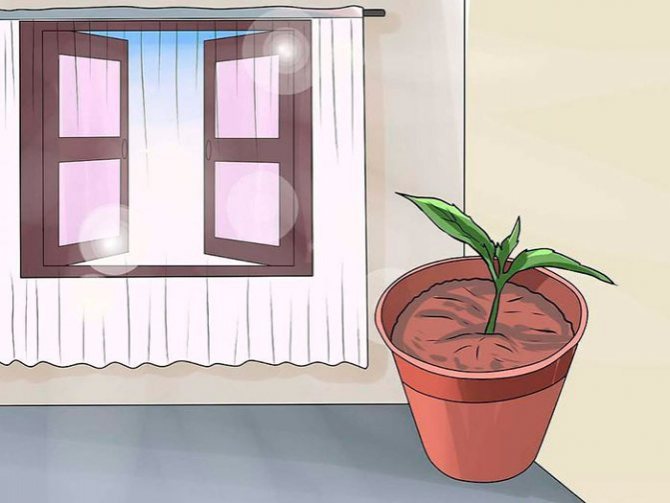

Rooting the cutting
Conditions for germination
An important condition for good seed germination is to ensure optimal environmental conditions:
- in the room the temperature should reach 23-26 degrees. Providing such conditions is much easier than it seems. It is enough to put a transparent lid or film over the pots, thereby creating greenhouse conditions;
- it is recommended to grow seedlings closer to the window so that the sprouting flowers can be saturated with sunlight;
- it is recommended to ventilate the room daily;
- the soil should be regularly moistened.
Further care of seedlings
When the first two leaves appear, the plant moves into an individual cup or pot, where it will develop until it is transplanted into open soil. Drainage is laid at the bottom of the pots.
Important! Make sure the pot has enough holes to drain off excess liquid.
The drainage layer is about 2 cm, and earth is poured on top. It is best to use the one that was used to germinate the seeds. The fact is that the root system has not yet fully matured, so it is better to place flowers in a familiar environment.
A recess is prepared in the pot, where the sprout is placed. The depth must be selected individually for each sprout - the earth must be poured to the level of the cotyledon petals. The roots are sprinkled with earth and lightly tamped. Sealing is necessary for better contact of the roots with the ground. Additionally, it is recommended to water the soil abundantly.
How to plant seedlings in pots
It is recommended to plant seedlings in a hanging planter as the root system becomes strong and resistant to external influences. Before planting, it is recommended to moisten the ground abundantly and transplant the flower by transshipment. This will protect the sensitive roots from injury.
When planting a young sprout of an ampelous variety in a pot, it is slightly tilted, placing it closer to the edge of the pot. In the near future, this will make it possible to form a cascading waterfall with bright inflorescences from a lush bush. It is better to select a clay pot. It will protect the root system of the flower from the summer heat and burnout.
Observing the rules of growing and caring for young shoots, the owner will receive an amazingly beautiful bush. It will delight you with bright buds and lush greenery for a long time.
Description of the plant
Fuchsia belongs to the fireweed family and has more than 80 species. An evergreen shrub can be found in America. Home fuchsias got a unique name - Japanese lanterns.
The branches of wild fuchsia are flexible, dense, elastic. The leaves are oval in shape, opposite in type, have a slight reddish tint. Fuchsia blooms profusely. Her flowers are drooping, include a bright calyx and a corolla in the form of a tube. The buds are located on large pedicels. Fuchsias are popular:
- white;
- pink;
- orange;
- purple.
There are also hybrid species including variegated flowers. The fruit of the plant is an edible berry. The main feature of fuchsia is plasticity. You can give your plant absolutely any shape! Some gardeners grow fuchsia as a standard tree. An ornamental plant blooms from spring to autumn.


